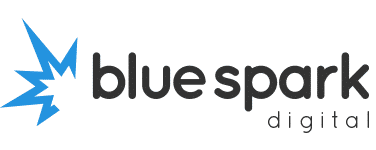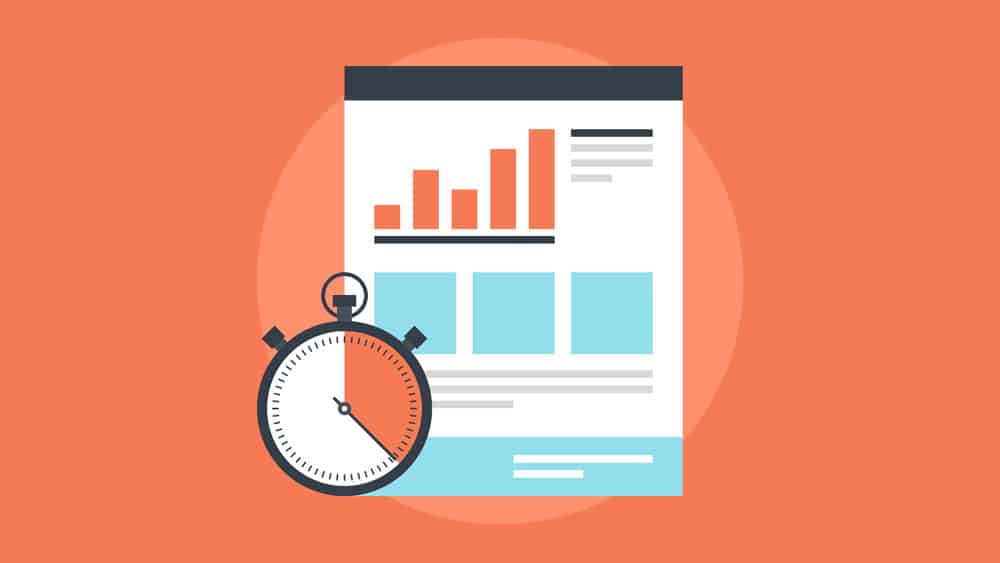Optimisation is almost a science. No, more than that – it’s almost magic, and those who are good at it are wizards.
Why?
Because they can take an average landing page, and transform it into something which results in shedloads of conversions and therefore makes you a tonne of cash. And isn’t that what we all want?
Today, I’m going to be letting you in on exactly how these wizards – sorry, conversion optimisation experts – do it. Ready to send your conversion rates rocketing through the roof? Let’s get started!
But first, an introduction to landing pages.
I know, I know. You know what landing pages are, and you want to skip to the good bit. But it’s worth firstly recapping on exactly what a landing page is, and more importantly – what makes a good one.
For many businesses, landing pages, despite all of their importance, are something often relegated to the sidelines. It seems a lot easier, and quicker, to create a template which can then be amended slightly for each campaign. But this obviously doesn’t result in the most personalised or targeted pages for that specific campaign.
Everything, I repeat everything, about a landing pages matters. Everything from the headline to the call to action. You can’t really “default” on any of these elements. More than these factors though, you also need to consider the overall intent of the page, as well as its audience and their intended action. These will vary drastically depending on your campaign or business objective. Are you starting to understand why a templated approach just won’t work? Let’s take a look at what will.
A final word of warning: while the following tips might help to boost the conversion juice of your landing page, they aren’t hard and fast rules, and they aren’t a magic potion. The perfect page depends on your audience and purpose, and will take a bit of refining to get right.
Know your target audience inside out
Not literally (that’s a bit creepy). But seriously, you need to know everything there is to know about your target audience (it’s worthwhile to build some buyer personas to aid with this), as this is perhaps the most important element when it comes to building a landing page that really converts.
Also note that segments of your target audience may be different. What works for a marketing professional may not work for an extreme sports enthusiast. Tailor every single element of your page to your chosen audience.
An example of a brand and landing page which thoroughly understands its target market is haircare company Clairol. Images of smiling women with glossy hair combined with detailed images of the shades of hair dye the customer can choose from is designed to entice and inspire action within women looking to change their hair colour. These elements would not work for elderly men looking for new golf clubs. Sounds simple, but you’d be surprised at how many times I’ve seen businesses get this essential element wrong.
What happens next?
Another essential factor to really understand before you build your landing page is the action you want your customers to take. Put simply, you want to convert your customers, but what this conversion actually entails is up to you. It could be filling in their details in exchange for a free e-book, signing up for a newsletter, or actually making a purchase. The landing pages for these three outcomes should be very different, because they should be designed for three sets of customers at very different stages of the buying funnel. This is especially when it comes to the call to action you use.
For example, would you say “buy now” to a customer completely new to your business, who’s thinking about having a look around your website? Conversely, would you invite a customer who’s ready to make a purchase to “speak to our friendly team”? No, you wouldn’t – because it’s not the most effective call to action.
To identify the right call to action, start with your goals. What are you trying to accomplish? Combine this with your knowledge of who your customer is and what they want, and their position in your buying funnel. Armed with this information, you’ll have a much better chance of creating an effective and highly converting landing page.
What the heck is cognitive flow?
It may sound like a term from an A-level psychology textbook, but cognitive flow is actually a pretty important – and often overlooked – aspect of creating a truly great landing page. Cognitive flow refers to the way your page addresses a requirement of the reader’s and answers their questions before prompting them to convert, all in a way that forms a fluid narrative.
Without getting too technical, a user is simultaneously taking in phonetic and visual information, and processing that info in the long-term and working memory. As the user reads your landing page, they are seeking a train of thought, a narrative strand to understand, whilst also asking questions and expecting answers. A landing page needs to meet the user’s need for cognitive flow within the information.
For example, here are some questions you’ll need to answer throughout the course of your page: what is this about? What does it mean? But I have some questions? What should I do about it?
Remove that pesky friction
Friction is something which will naturally occur on every landing page. It’s basically something which stands in the way of conversion. This might be long, hard to read paragraphs, slow loading times, or even a complicated form. All of these things can create frustration and anxiety. Any elements of friction will weaken your landing page must be eliminated at all costs!
Test, test and test again
As I mentioned before – creating the perfect landing page is almost a science. It’s not the result of suspicions or hunches. It can’t be something you “think” will work. You have to know.
And how can you be sure? Test. When you think you’ve done all the testing you can do, test again. There are literally thousands of things you can tinker with and trial. Here are just a few:
- A major design
- Forms
- Fonts
- Colours
- Images
- Calls to action
- Headlines
- Button sizes and placement
A few years ago, CrazyEgg split tested one of their landing pages. The challenging page was ten times the length of the control, and incorporated a mixture of text and images. It outperformed the original by 30%.
But just because this worked for them, doesn’t mean it will for you. It’s like I said. Conversion optimisation may be a science, but it’s a science that’s slightly different for everyone. You just need to learn yours.

